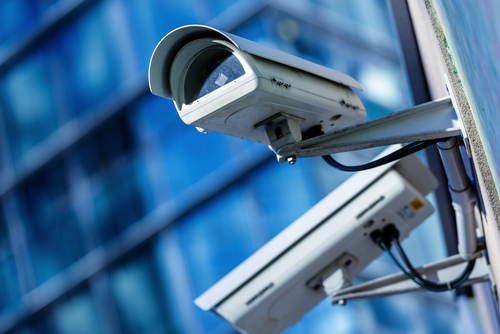With several communities spread out in different areas, surveillance camera networks are vital to municipalities.
Unfortunately, publicly funded surveillance systems are prone to technical problems. They also face challenges in building out and maintaining network infrastructure. Given its role in public safety, the use of surveillance cameras should be a priority.
But how does a municipality overcome hurdles along the way?
By partnering with private businesses and entities that have robust and advanced surveillance camera networks.
Through public-private partnerships or P3s, surveillance camera networks are deployed within a city to help ensure public safety and promote camera-sharing initiatives. On a municipal level, however, the lack of resources make installation of surveillance cameras challenging.
But the benefits that come with video surveillance in a municipality should be reason enough to bring public-private partnerships within the municipal environment.
Municipalities that use surveillance camera networks can enjoy several advantages.
Develop and promote public-private partnerships
With P3s established within a municipality, resources and surveillance gaps will be addressed. As a result, law enforcement agencies will have access to existing surveillance assets owned by private businesses.
Public-facing cameras on entry and exit points and rooftops are used for surveillance and then tied back to a centralized location, resulting in a kind of force multiplier for agencies responsible for public safety.
Boost information sharing
Different publicly owned surveillance networks within a city can boost information sharing between first responders and law enforcement agencies when physical tools at their disposal are shared. So why limit information gathering and surveillance in a small range when it can be spread throughout an entire municipality?
Improve video analytics
Video analytics provide security intelligence that warns police in advance of possible crimes and troubles in public areas. Traditionally, algorithms of video analytics are focused on object detection and property intrusions. Advancements, however, have made them critical to law enforcement gaining an edge over law & order maintenance and crime prevention.
Access to full range video technology options
Pan-tilt-zoom (PTZ) camera models are commonly used in municipal surveillance networks. Unfortunately, these have limited surveillance capabilities compared to newer panoramic models. During an incident, PTZs end up pointed the wrong way.
Panoramic cameras, however, provide end users with 180 to 360-degree views of a scene. If a municipality can’t afford to replace PTZs with the newer models, they can have access to them as part of public-private partnerships surveillance camera networks.
Diligence in camera service and maintenance
Surveillance cameras are critical to public safety. Therefore, they had to be regularly serviced and checked to ensure they work 24/7. Many crimes committed are left unresolved due to the lack of evidence that camera footage would have provided if it worked.
To prevent the same thing from happening within a municipality it is important to be diligent about service and maintenance of surveillance camera networks. Doing so will make installation and use of surveillance system worth the investment by both public and private sectors.
Surveillance cameras are an integral part of the global safe city initiatives that are predicted to increase from 2015 to 2020 by 80%, according to a report published by Homeland Security Research Corp. Make sure your municipality is not left behind.
Leverage Detect is proud to offer its services nationwide and to the following counties and cities: Chino, Fontana, Hemet, Jurupa Valley, Loma Linda, Moreno Valley, Ontario, Pomona, Rancho Cucamonga, Rialto, Riverside, and San Bernardino

